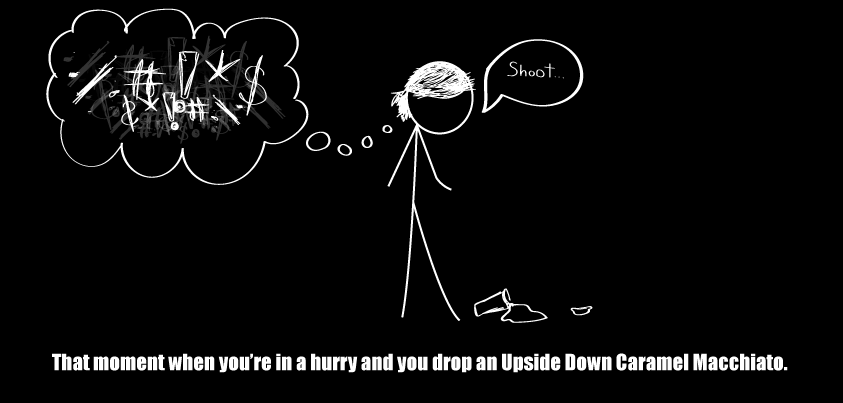The third in a series of posts about the finer points of profanity filtering…

Phonetic replacement is the process of replacing characters with other alphabetic characters (or removing unnecessary characters) while still retaining the phonetic structure of the word. This tactic is often used to attack filters that do not understand phonetics:
- Teech me guitar
- Attak the main castle gate
Example #1 is a simple character swap of an “a” to an “e” that still retains the same phonetic structure of the word and allows the reader to infer the original word.
Example #2, on the other hand, is an example of character collapsing. In this example the “ck” in the word “Attack” has been collapsed to a single “k” character.
In some cases characters can’t be collapsed without changing the meaning of the word. For example, the word “been” can’t be collapsed to “ben”. Therefore, a filter can’t simply ignore multiple characters that are phonetically the same. It has to understand if the word can be collapsed.
Continue reading →

The second in a series of posts about the finer points of profanity filtering…
Character replacement is the process of replacing certain characters with others, usually symbols, that look the same or similar. This is a popular method, often referred to as Leet or “L33t” speak, used to attack traditional content and profanity filters that ignore or don’t play well with non-alphabetic characters. Some examples…
- $ally is my neighbor
- |)on’t be a menace
- |<nive$ can be dangerous
- \/\/hat are you doing?
Examples #2, #3 and #4 illustrate a user using multiple characters to replace a single character. #2 is using the “|” (pipe) character and the “)” (right-parenthesis) character to create a capital “D” character. #4 is using a combination of forward and backward slashes to create a capital “W” character. Example #3 goes a step further. It is replacing two different characters in the text. Both the “K” and “S” characters are being replaced.
Continue reading →
Inversoft takes pride in developing solutions that compliment the goals of clients and their online engagement, including some of the most popular virtual worlds and online communities. From consistent collaboration with clients, Inversoft continues to learn, grow, and provide the world’s premier chat filtering and moderation solution.

An important attribute for any chat filtering tool is a clean and easy to use management interface. Established community manager, Joi Podgorny of National Geographic's Animal Jam shares what features to look for in an online community filtering and management solution.
“Obviously you need the list of words or details that need to be filtered, address, email, swear words, but then the children have a way of changing the words to get past the filter. I really love …”
Watch the video below to learn more!
Continue reading →

The first in a series of posts about the finer points of profanity filtering…
You’ve seen it all over the @#$%&! place, but probably didn’t know that this ubiquitous string of characters has a name that was coined almost 50 years ago by cartoonist Mort Walker, the creator of “Beetle Bailey” and “Hi and Lois.”
“Grawlixes” is one of a series of great words (Agitrons, Blurgits, Plewds, Farkles, Digitrons, and many more…) that
Continue reading →
The Role, Value & Character

It is said that, when anyone asks about the ROI of an online community, a unicorn dies. It’s not easy to be a community manager. Each community is different, requiring different skill sets and deliverables based on a company’s strategy and objectives. However, there are 3 fundamental characteristics of a successful community manager that everyone should understand: the role, value and character.
The Role
The role of the community manager stems from creating a public persona for a company’s product or service. It is not merely a customer service position, but an integral part of a company’s growth, strategy and roadmap development. The community manager
Continue reading →






